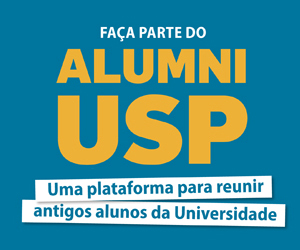Journal Club do Laboratório de Manipulação Coerente de Átomos e Luz
“Photon generation efficiency and entanglement in quantum dot systems”
Dra. Ana Predojevic (Universidade de Estocolmo, Suécia)
Dia: 01 de dezembro, sexta-feira, às 10h.
Local: Sala 105, Ed. Basílio Jafet.
Abstract:
The interest in quantum dots as sources of quantum light is based upon the potential for high photon generation efficiency that originates in their atom-like energy structure. Quantum dots can be excited resonantly and coherently, where generation of photon pairs calls for a specific excitation method oftwophoton resonant excitation of the biexciton. Though this method is very efficient, it was very often showing sub-unity excitation efficiency that could be observed, for instance, in the maximum amplitude of the Rabi oscillations. We addressed this problem from an experimental and theoretical point of view and we found that there is an optimized regime of operation where the system parameters are such that the dephasing of the Rabi oscillations is minimized. We assumed that efficient and coherent excitation of the biexciton requires suppression of the single exciton probability amplitude during excitation while simultaneously reaching the lowest possible degree of dephasing caused by the laser excitation. Since these two conditions impose contradictory demands regarding the excitation pulse-length and its intensity, we performed a study with the goal of identifying crucial parameters needed for improved performance. In particular, our study shows that an optimal excitation process requires a trade-off between the biexciton binding energy and the excitation laser pulse length.Furthermore, the resonant excitation is essential for the generation of time-bin entanglement of photons emitted by a quantum dot. By putting in practice the results of our excitation efficiency study we were also able to demonstrate an unprecedented degree of time-bin entanglement of photons emitted by a quantum dot. By applying this method to achieve entanglement on a quantum dot system with very small fine structure splitting we realized a first quantum dots source of hyper-entangled photon pairs.













